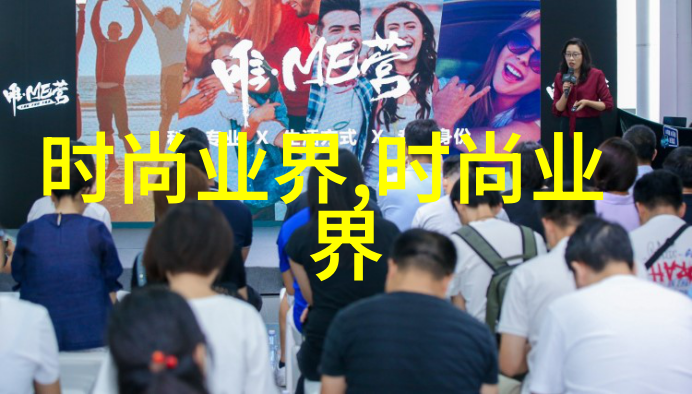
rado研究探索现代技术在古代遗迹保护中的应用
在数字时代,科技的飞速发展为各个领域带来了前所未有的机遇。rado(Radiocarbon dating)作为一种重要的科学工具,在考古学和历史研究中扮演着关键角色。通过对自然界中含碳14元素的测量,我们能够回溯到数千年前的人类活动痕迹,为我们揭示了一个丰富多彩而又神秘复杂的历史画卷。

1. radionuclide与年代学
radionuclide是一种放射性同位素,它们具有半衰期,从几分钟到数百万年的时间跨度。这一特性使得它们成为年代学研究中的宝贵资源。在考古学中,最常用的radionuclide之一就是碳-14,它是二氧化碳的一部分,当植物进行光合作用时会吸收这一元素,并将其积累于自身组织中。

2. 碳-14年代法原理
carbon-14年代法基于两个基本假设:第一,地球的大气层保持着一定水平的碳-14浓度;第二,生物体在其生命期间以恒定的速度吸收和排泄碳-14。当生物死亡后,其身体停止新物质的形成,因此随着时间推移,生物体内原有的碳-14开始衰变成氢气和氧气,这个过程可以被测量出来。通过计算样品中的剩余碳-14与初始值之间的比例,可以得到样品存活了多少年。

3. radon计数器与地形图像处理
除了radiocarbon dating之外,还有其他类型的技术也被广泛应用于考古发掘,如使用radon计数器来确定地下的空洞位置,以及利用地形图像处理技术来分析遗址周围的地貌变化。此类方法对于理解过去环境条件、人类居住模式以及文化活动都具有重要意义。

4. 3D扫描与虚拟重建
近年来的进步还包括使用三维扫描技术对发现出的文物进行详细记录,并通过计算机辅助设计来实现这些文物或遗址的虚拟重建。这种方式不仅能帮助科学家更好地理解这些遗迹,还能让公众更加直观地了解并欣赏这些珍贵财富。

5. 数据共享平台与全球合作
随着互联网技术和数据共享平台的大力发展,对于不同地区、不同文化背景下的radotechnology应用已经变得更加便捷、高效。此举促成了国际间关于如何更有效利用现代科技保护世界文化遗产的问题上的深入讨论及合作,不仅增强了科研项目间相互学习交流,也加强了全球范围内关于文化保护的事业力量。
总结来说,modern technology plays a crucial role in the protection and understanding of ancient heritage sites through various methods, including radiocarbon dating, radon counting, 3D scanning and virtual reconstruction as well as data sharing platforms for global cooperation. The application of these technologies not only enhances our knowledge about the past but also ensures that future generations can appreciate and learn from our cultural legacy effectively.
In conclusion, this paper has explored the ways in which modern technology has impacted archaeological research by providing new tools to study ancient civilizations more accurately and comprehensively than ever before while promoting international collaboration to protect valuable cultural assets for future generations.
This research contributes significantly to the field of archaeology by highlighting how cutting-edge technologies have revolutionized our ability to understand human history through an interdisciplinary approach involving physics, computer science, engineering, anthropology and other related fields.
Through continued advances in technology such as artificial intelligence (AI), machine learning algorithms (MLA) or advanced sensors we can expect even more innovative solutions for preserving historical artifacts beyond mere physical conservation efforts but rather by immersing users into immersive digital experiences that transport them back in time allowing us all to better connect with our shared pasts across cultures worldwide.
The author hopes that this article will inspire further discussion on how technological advancements can be harnessed effectively within academia fostering an environment where researchers may collaborate openly across disciplines leading towards groundbreaking discoveries shaping a brighter future filled with insights into humanity's rich tapestry of existence spanning millennia.
Thus it is clear that rado-based approaches offer promising avenues toward uncovering hidden secrets beneath Earth's surface enriching our collective knowledge base at once safeguarding irreplaceable pieces of human history ensuring their survival long after we're gone so they may continue telling stories worth listening too forevermore inspiring curiosity-driven minds everywhere seeking answers amidst enigmatic ruins scattered throughout time-space continuum waiting patiently for discovery whenever fate permits their whispers echoing through countless ages until one day when we return home having unearthed mysteries lost centuries ago yet still lingering within echoes reverberating throughout eternity - thereby honoring those who came before us today now tomorrow always remembering what matters most: love respect empathy compassion wisdom courage creativity justice peace unity hope faith & trust shining like stars illuminating darkness guiding hearts & minds toward harmony amongst all beings living together peacefully under one sky without end



